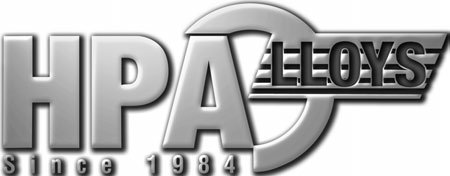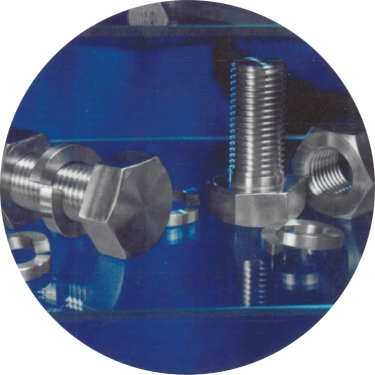| MACHINABILITY RATINGS |
| MATERIAL |
SPEED SURFACE FT/MIM |
SPEED % OF B1112 |
| AISI B1112 |
165 |
100 |
| Nitronic 30 Annealed |
30 |
18 |
| Nitronic 40 Annealed |
40 |
24 |
| Nitronic 50 Annealed |
35 |
21 |
| Nitronic 50 Grade A or Level 1 |
34 |
21 |
| Nitronic 50 Grade B or Level 2 |
32 |
19 |
| Nitronic 50 Grade C or Level 3 |
30 |
18 |
| Nitronic 50 Grade D or Level 4 |
28 |
17 |
| Nitronic 50 Grade E or Level 5 |
25 |
15 |
| Nitronic 60 Annealed |
40 |
24 |
| Nitronic 60 Grade A or Level 1 |
38 |
23 |
| Nitronic 60 Grade B or Level 2 |
36 |
22 |
| Nitronic 60 Grade C or Level 3 |
32 |
19 |
| Nitronic 60 Grade D or Level 4 |
28 |
17 |
| Nitronic 60 Grade E or Level 5 |
25 |
15 |
| 17-4 PH soln treated |
75 |
45 |
| 17-4 PH aged |
60 |
36 |
|
These machinability ratios must be recognized as approximate values.
They are a reasonable guide to relative tool life and lower required for cutting .
It is obvious, however, that variables of speed , cutting oil , feed and depth of cut
will significantly affect these ratios.
|


